Home>Home Appliances>Laundry Appliances>What Does Ue Mean On Washing Machine


Laundry Appliances
What Does Ue Mean On Washing Machine
Modified: March 2, 2024
"Discover the meaning of 'UE' on your washing machine and how it affects your laundry appliances. Get insights and solutions for optimal performance."
(Many of the links in this article redirect to a specific reviewed product. Your purchase of these products through affiliate links helps to generate commission for Storables.com, at no extra cost. Learn more)
Understanding the Ue Code
When it comes to laundry appliances, modern washing machines are equipped with advanced features to ensure efficient and effective cleaning of clothes. However, these sophisticated machines are not immune to occasional errors, and one such error is the Ue code. Understanding what the Ue code means is crucial for effectively addressing the issue and ensuring that your washing machine operates smoothly.
The Ue code on a washing machine typically indicates an "unbalanced load" error. This means that the laundry inside the machine is distributed unevenly, causing the drum to spin irregularly or not at all. When the washing machine detects this imbalance, it triggers the Ue error code to alert the user to the issue.
In practical terms, an unbalanced load can occur when heavy items, such as towels or bedding, are combined with lighter garments in the same wash cycle. The weight distribution of the laundry can become uneven, leading to the Ue error. Additionally, overloading the washing machine with an excessive amount of laundry can also result in an unbalanced load, triggering the Ue code.
Understanding the Ue code also involves recognizing the potential impact on the washing machine's performance. When the Ue error occurs, the machine may pause the current cycle or stop altogether to prevent further damage. This safety feature is designed to protect the appliance and prevent excessive vibrations that could lead to mechanical issues.
Moreover, being aware of the Ue code empowers users to take appropriate action to resolve the issue. By understanding that the error is related to an unbalanced load, individuals can take steps to redistribute the laundry inside the machine, ensuring a more even distribution of weight. This simple adjustment can help rectify the imbalance and allow the washing machine to resume its cycle without triggering the Ue error.
In essence, comprehending the Ue code is essential for maintaining the optimal functioning of a washing machine. By understanding the root cause of the error and its implications, users can proactively address unbalanced loads, prevent potential damage to the appliance, and ensure the smooth operation of their laundry equipment.
Key Takeaways:
- The Ue error on a washing machine means the laundry is unbalanced. To fix it, rearrange the load, remove excess laundry, and check for stability and mechanical issues.
- Prevent the Ue error by sorting laundry, following load capacity guidelines, distributing laundry evenly, maintaining washer stability, and performing routine maintenance.
Read more: What Does Ue Mean On A LG Washer
Common Causes of Ue Error
The Ue error code on a washing machine can be attributed to several common causes, all of which contribute to an unbalanced load within the appliance. Understanding these underlying factors is pivotal in effectively troubleshooting the issue and preventing its recurrence.
Uneven Distribution of Laundry
One prevalent cause of the Ue error is the uneven distribution of laundry inside the washing machine. When heavy items, such as towels, bedding, or denim garments, are combined with lighter clothing, the weight distribution becomes lopsided. As a result, the drum may struggle to spin evenly, triggering the Ue code. Additionally, the placement of the laundry items within the drum can also impact the balance. For instance, if all the heavy items are on one side of the drum, it can lead to an unbalanced load and prompt the Ue error.
Overloading the Washing Machine
Overloading the washing machine with an excessive amount of laundry is another common cause of the Ue error. When the machine is packed beyond its capacity, it becomes challenging for the drum to rotate smoothly. This overload can lead to an imbalance, causing the Ue code to manifest. It's important to adhere to the recommended load capacity specified for the washing machine to avoid overloading and subsequent errors.
Washer Level and Stability
The levelness and stability of the washing machine can significantly impact its ability to handle loads without triggering the Ue error. If the appliance is not positioned on a level surface, it can result in uneven weight distribution during the spin cycle, leading to the Ue code. Similarly, if the machine is not adequately stabilized, excessive vibrations during the spin cycle can contribute to an unbalanced load and prompt the error.
Read more: What Does Ue Mean On Samsung Washer
Mechanical Issues
In some cases, mechanical issues within the washing machine, such as problems with the drum or suspension system, can lead to the Ue error. Worn-out or damaged components can affect the balance and movement of the drum, causing irregular spinning and triggering the Ue code. Addressing these mechanical issues may require professional inspection and repair to restore the optimal functioning of the appliance.
By recognizing these common causes of the Ue error, users can take proactive measures to mitigate the risk of an unbalanced load and the subsequent error code. This understanding empowers individuals to optimize their laundry practices, maintain the washing machine's performance, and minimize the occurrence of the Ue error.
Troubleshooting the Ue Error
Resolving the Ue error on a washing machine involves a systematic approach to address the underlying causes of the unbalanced load. By following specific troubleshooting steps, users can effectively rectify the issue and restore the smooth operation of their appliance.
1. Rearranging the Load
The first step in troubleshooting the Ue error is to redistribute the laundry inside the washing machine. By manually rearranging the items, particularly heavy and lightweight garments, users can ensure a more balanced distribution of weight within the drum. This simple adjustment can alleviate the imbalance that triggered the Ue code.
2. Removing Excess Laundry
If the washing machine is overloaded, it's essential to remove some items to reduce the load to a manageable level. By adhering to the recommended load capacity, users can prevent the occurrence of an unbalanced load and the associated Ue error. Removing excess laundry allows the drum to rotate more freely, minimizing the risk of imbalance during the wash cycle.
Read more: What Does Delicate Mean On A Washer
3. Verifying Washer Stability
Ensuring that the washing machine is positioned on a level surface is crucial for preventing the Ue error. Users should verify the stability of the appliance by confirming that all its feet are firmly in contact with the floor. Adjusting the leveling feet, if necessary, can help stabilize the machine and minimize the potential for an unbalanced load during operation.
4. Checking for Mechanical Issues
Inspecting the washing machine for any mechanical issues, such as damaged drum components or suspension system problems, is essential for comprehensive troubleshooting. Users can visually examine the interior of the appliance for any visible signs of wear or damage. If mechanical issues are suspected, seeking professional inspection and repair is recommended to address the root cause of the Ue error.
5. Running a Test Cycle
After implementing the troubleshooting steps, running a test cycle can help verify whether the Ue error has been successfully resolved. By selecting a small load or a specific test cycle, users can observe the washing machine's performance to ensure that the unbalanced load issue has been mitigated. Monitoring the appliance during the test cycle allows users to confirm that the Ue error no longer manifests.
By systematically troubleshooting the Ue error and addressing the underlying causes, users can effectively restore their washing machine's functionality and prevent the recurrence of the unbalanced load issue. These proactive measures empower individuals to maintain the optimal performance of their laundry appliances and ensure a seamless laundry experience.
Preventing Ue Error in the Future
Preventing the Ue error in the future entails implementing proactive measures to minimize the risk of an unbalanced load and ensure the smooth operation of the washing machine. By adopting practical strategies and adhering to best practices, users can effectively mitigate the potential for the Ue error to occur.
Read more: What Does Dl Mean On A Washer
1. Sorting Laundry Appropriately
Sorting laundry based on weight and fabric type is essential for preventing the Ue error. Separating heavy items, such as towels and bedding, from lighter garments before loading the washing machine can help maintain a more balanced distribution of weight. Additionally, washing similar items together can contribute to a more uniform load, reducing the likelihood of an unbalanced spin cycle.
2. Adhering to Load Capacity Guidelines
Adhering to the recommended load capacity of the washing machine is crucial for preventing overloading and the subsequent Ue error. By following the manufacturer's guidelines regarding the maximum load size, users can ensure that the appliance operates within its intended capacity, minimizing the risk of an unbalanced load during the wash cycle.
3. Distributing Laundry Evenly
Prior to starting a wash cycle, ensuring that the laundry is evenly distributed within the drum can help prevent the Ue error. Taking the time to arrange the items in a balanced manner, avoiding clumping or uneven placement, can contribute to smoother spinning and reduce the likelihood of an unbalanced load. This simple practice can significantly minimize the occurrence of the Ue error.
4. Maintaining Washer Stability
Regularly checking and maintaining the stability of the washing machine is essential for preventing the Ue error. Ensuring that the appliance is positioned on a level surface and that all its feet are firmly in contact with the floor can minimize the risk of imbalance during the spin cycle. Periodically verifying the stability of the washer contributes to its reliable performance.
Read more: What Does De Mean On Washer
5. Performing Routine Maintenance
Engaging in routine maintenance, such as inspecting the drum and suspension system for wear or damage, can help prevent mechanical issues that may lead to the Ue error. Additionally, cleaning the washing machine's drum and ensuring that it is free from debris or foreign objects can contribute to the appliance's optimal functioning, reducing the likelihood of an unbalanced load.
By incorporating these preventive measures into their laundry practices, users can effectively minimize the risk of the Ue error, maintain the optimal performance of their washing machine, and enjoy a seamless and trouble-free laundry experience. These proactive steps empower individuals to uphold the efficiency and reliability of their laundry appliances, ensuring consistent and effective cleaning results without the interruption of the Ue error.
Frequently Asked Questions about What Does Ue Mean On Washing Machine
Was this page helpful?
At Storables.com, we guarantee accurate and reliable information. Our content, validated by Expert Board Contributors, is crafted following stringent Editorial Policies. We're committed to providing you with well-researched, expert-backed insights for all your informational needs.
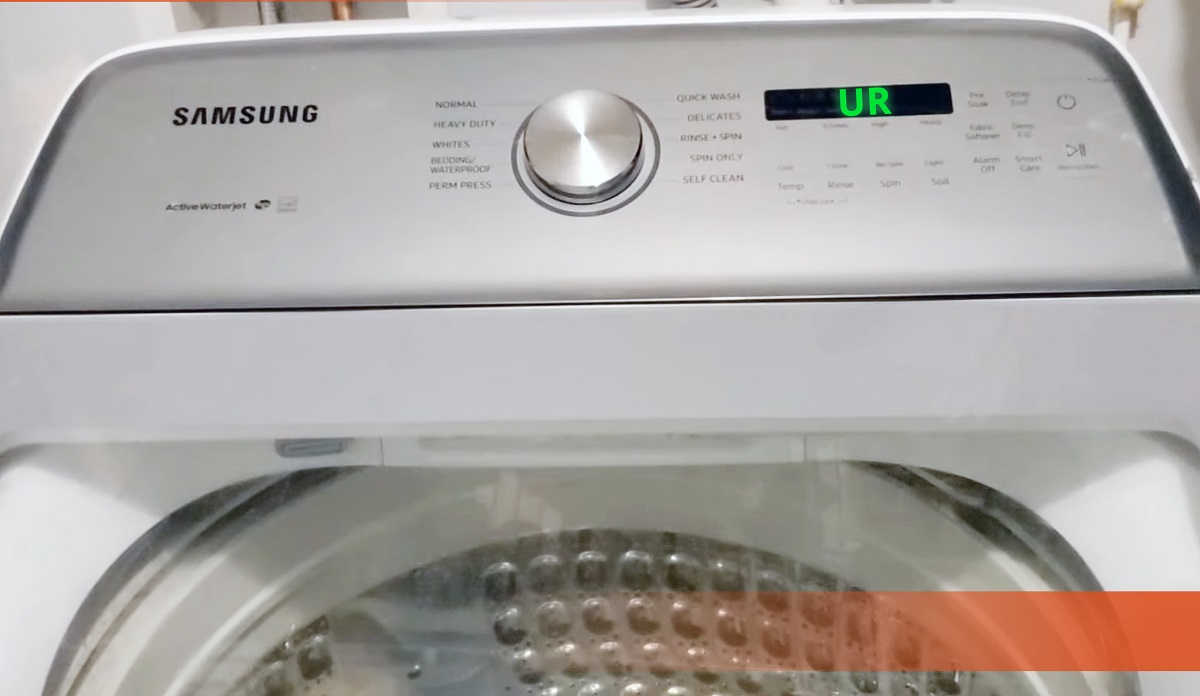
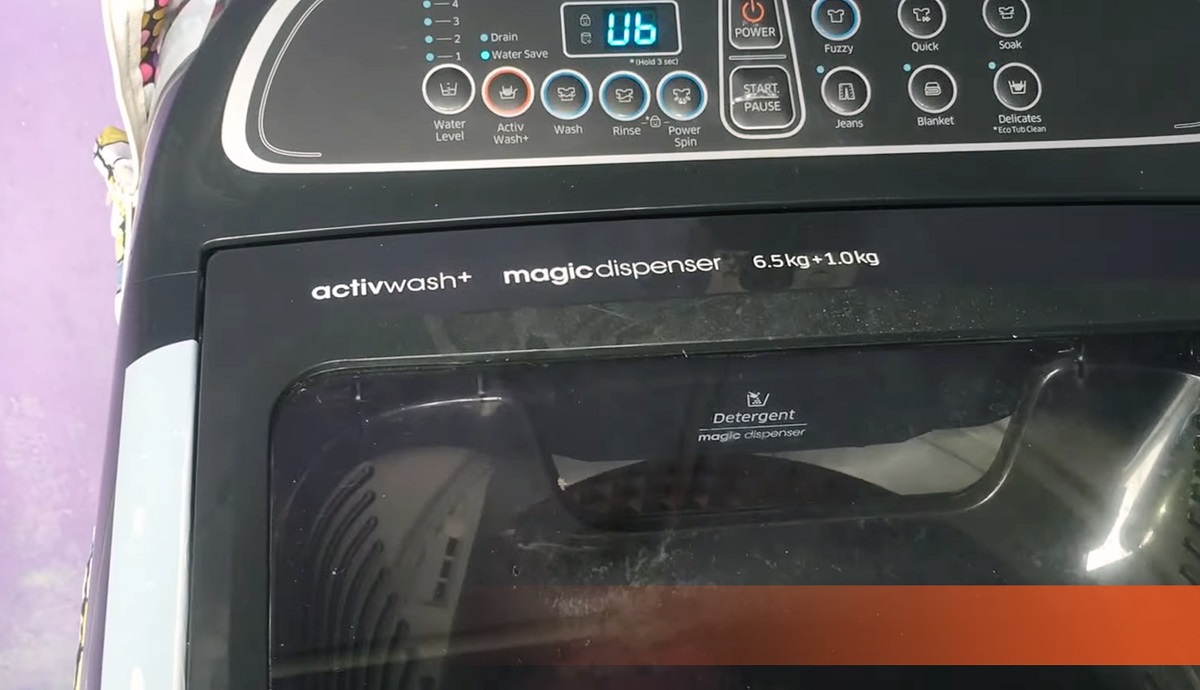
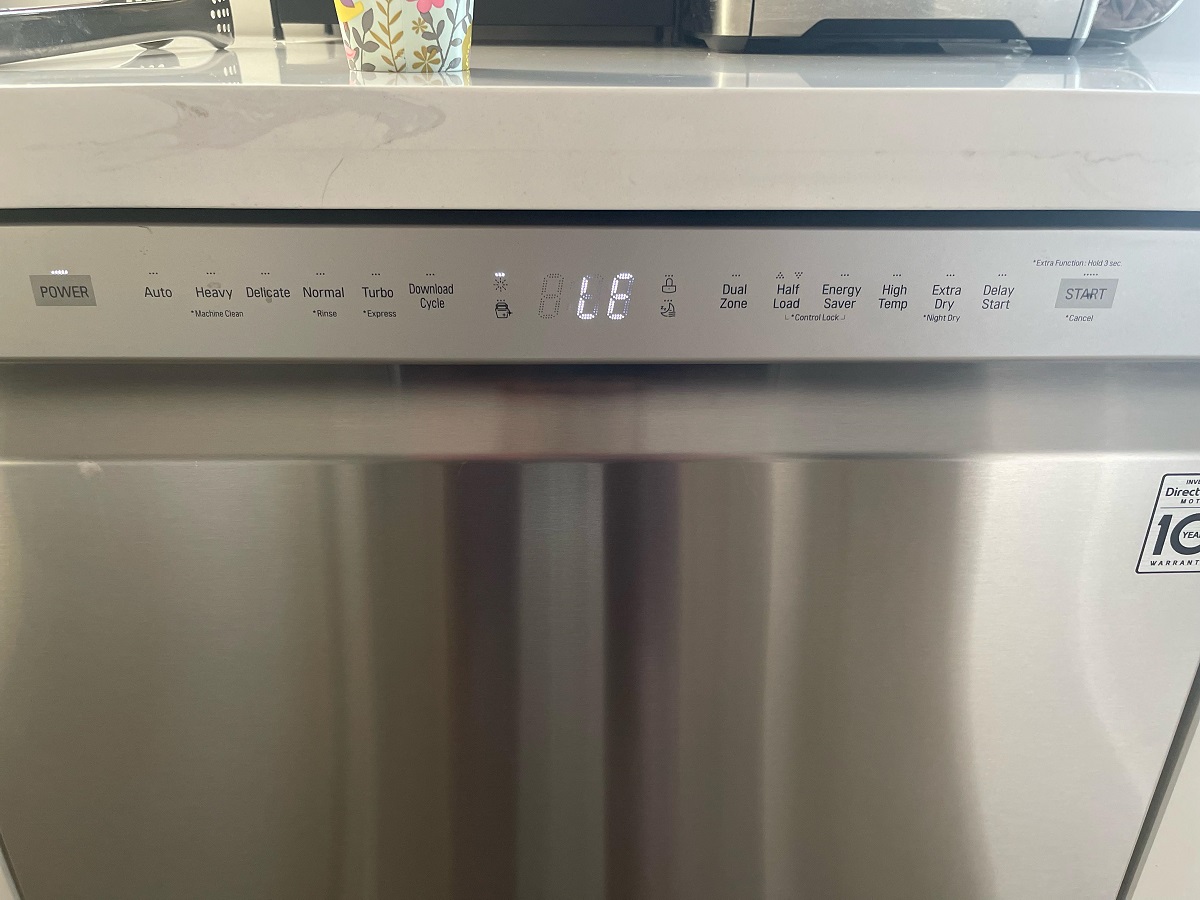
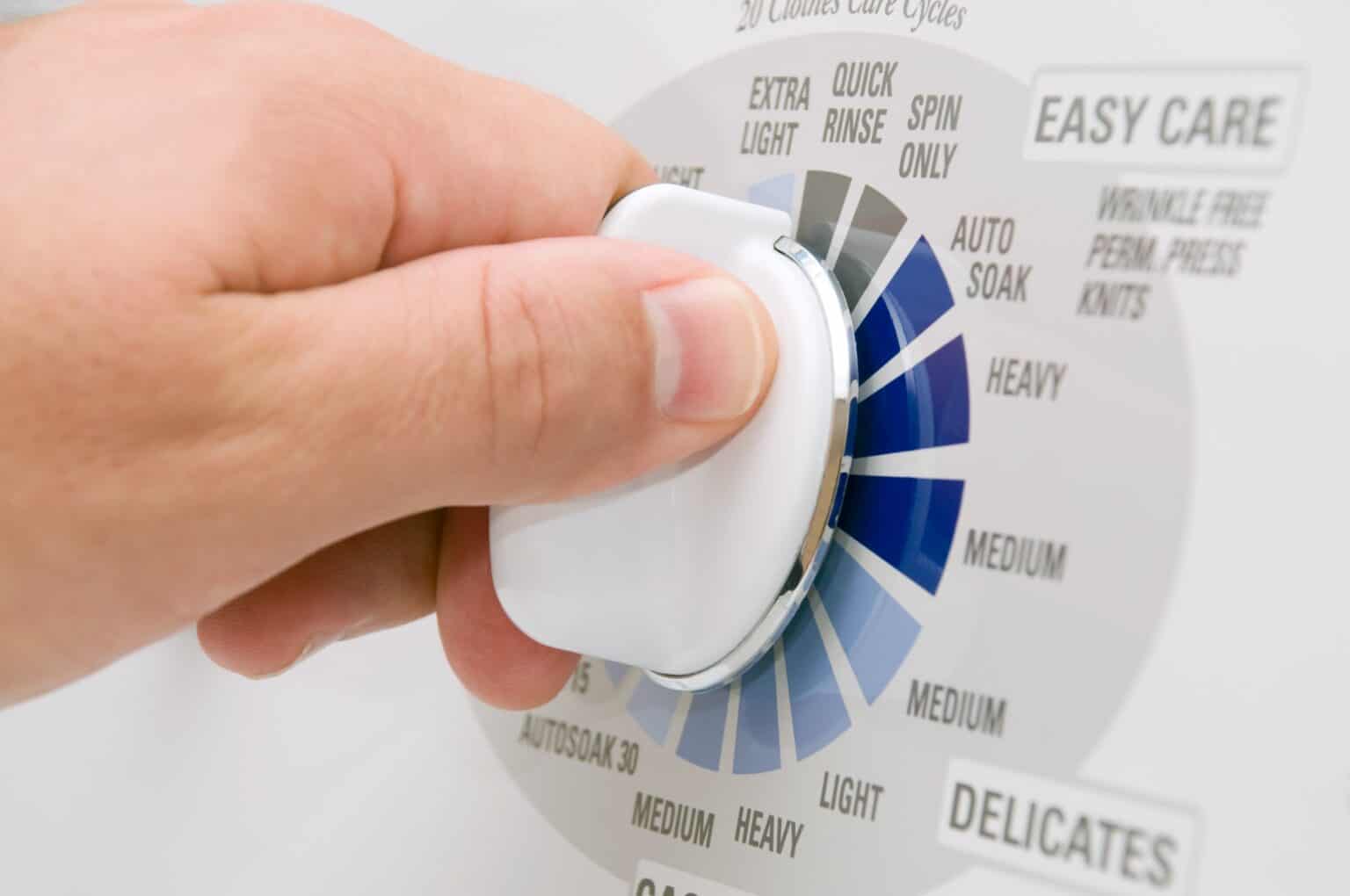
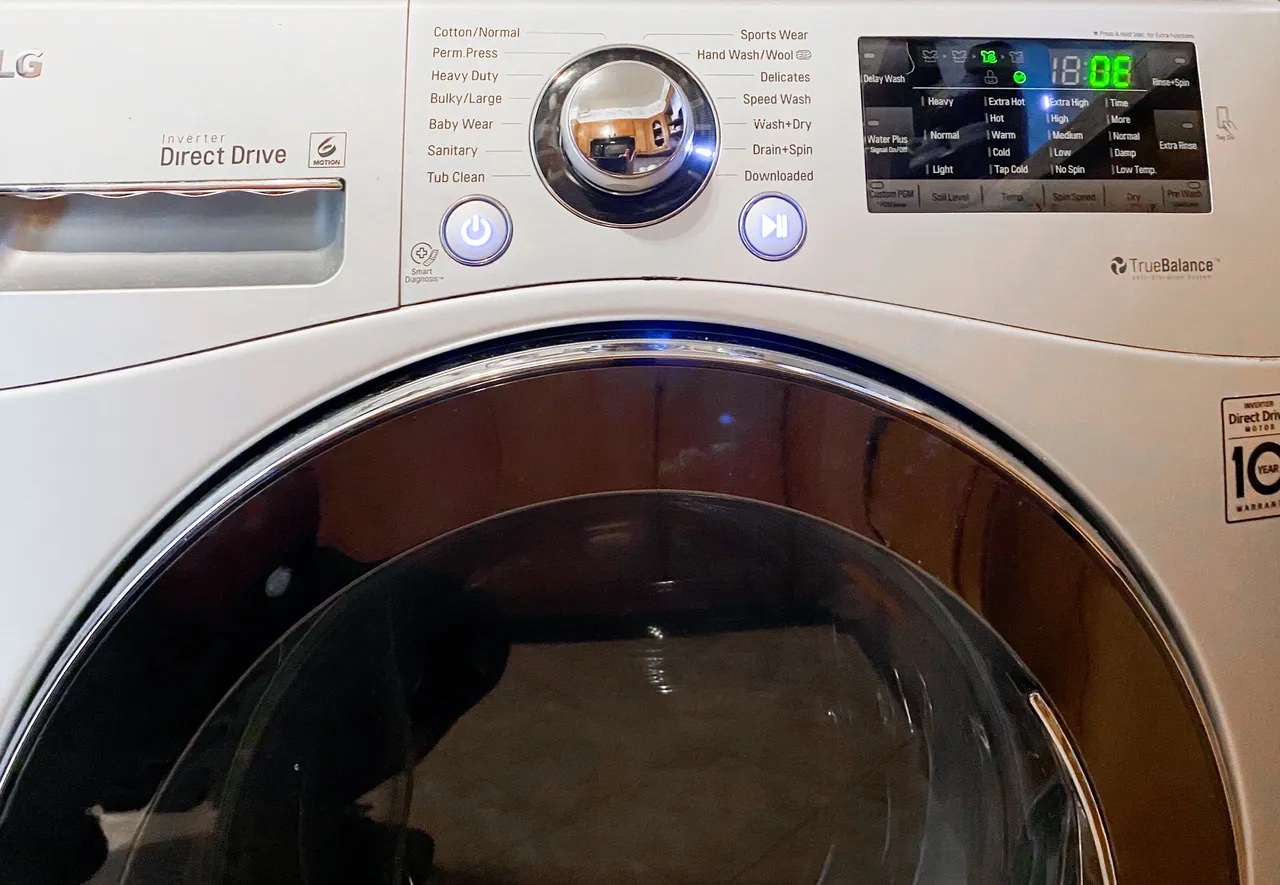
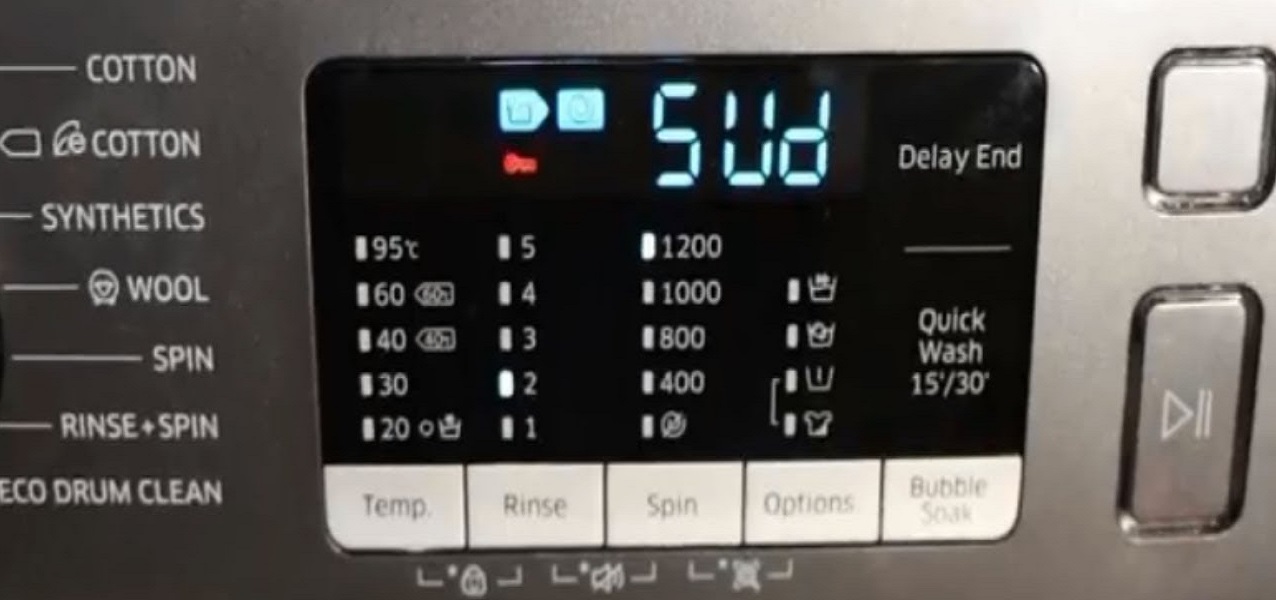
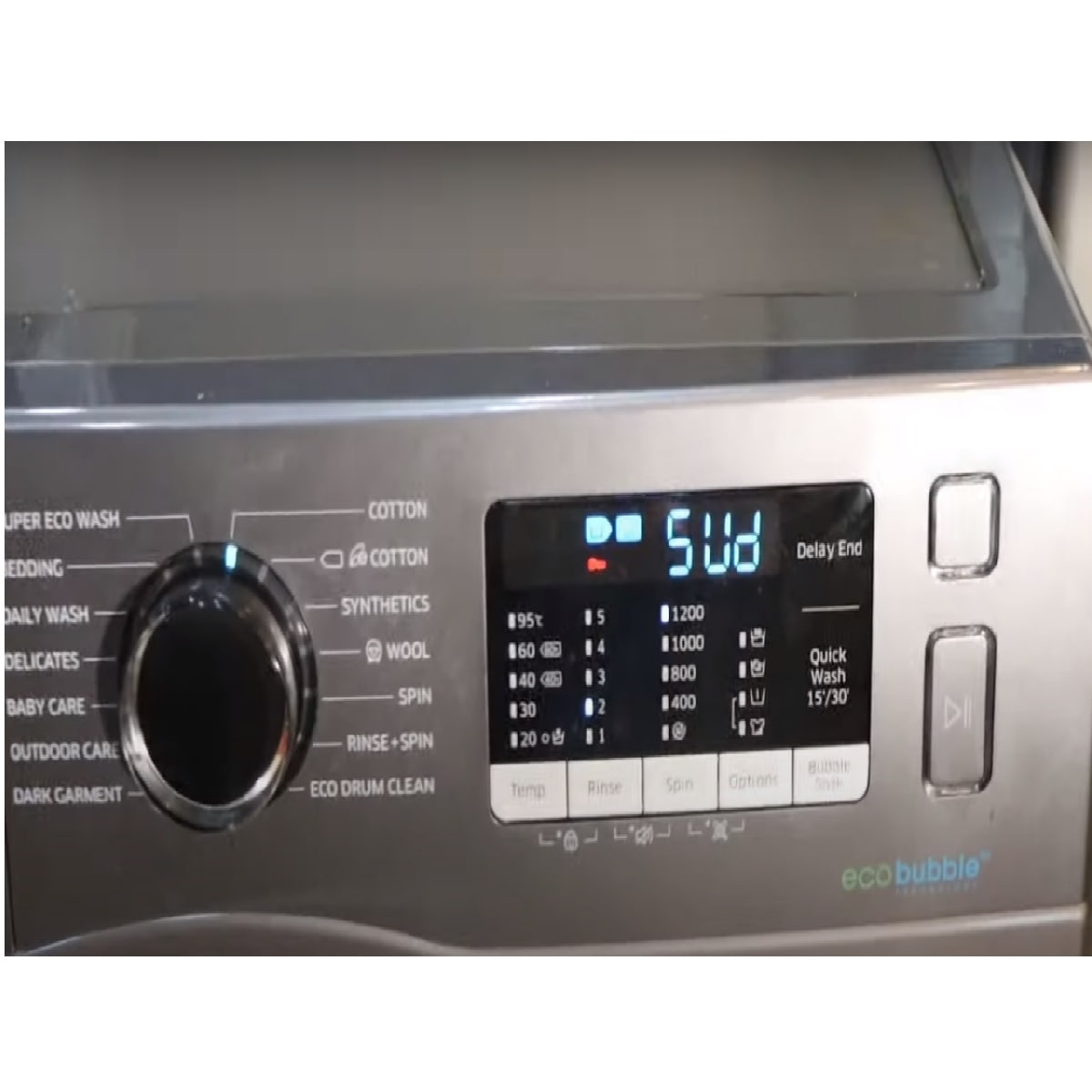
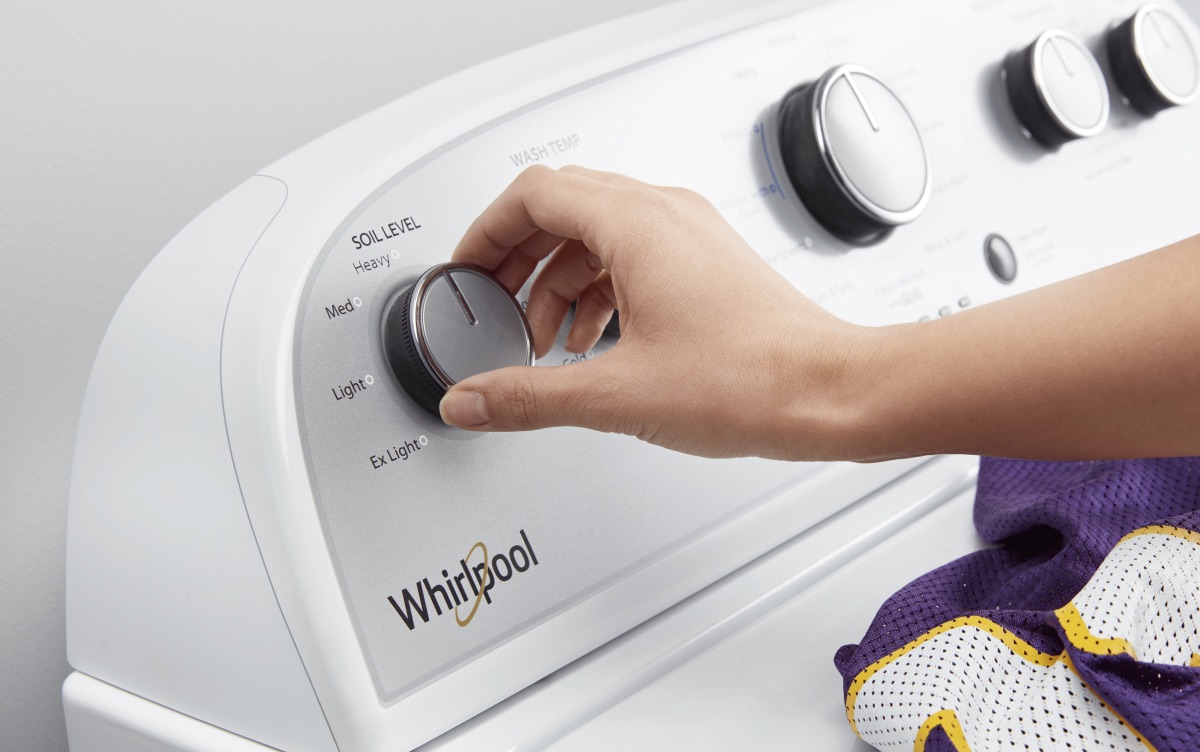
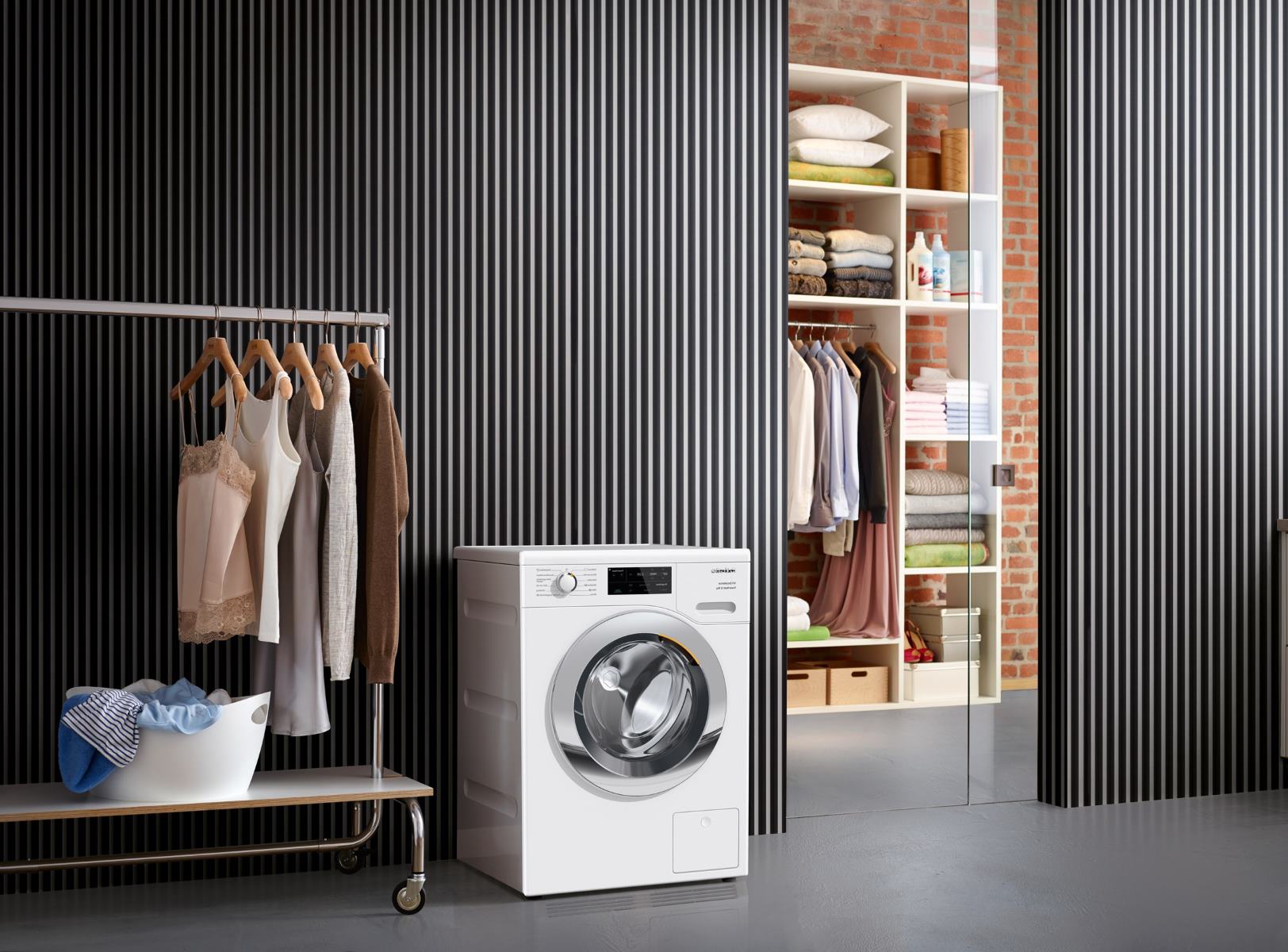
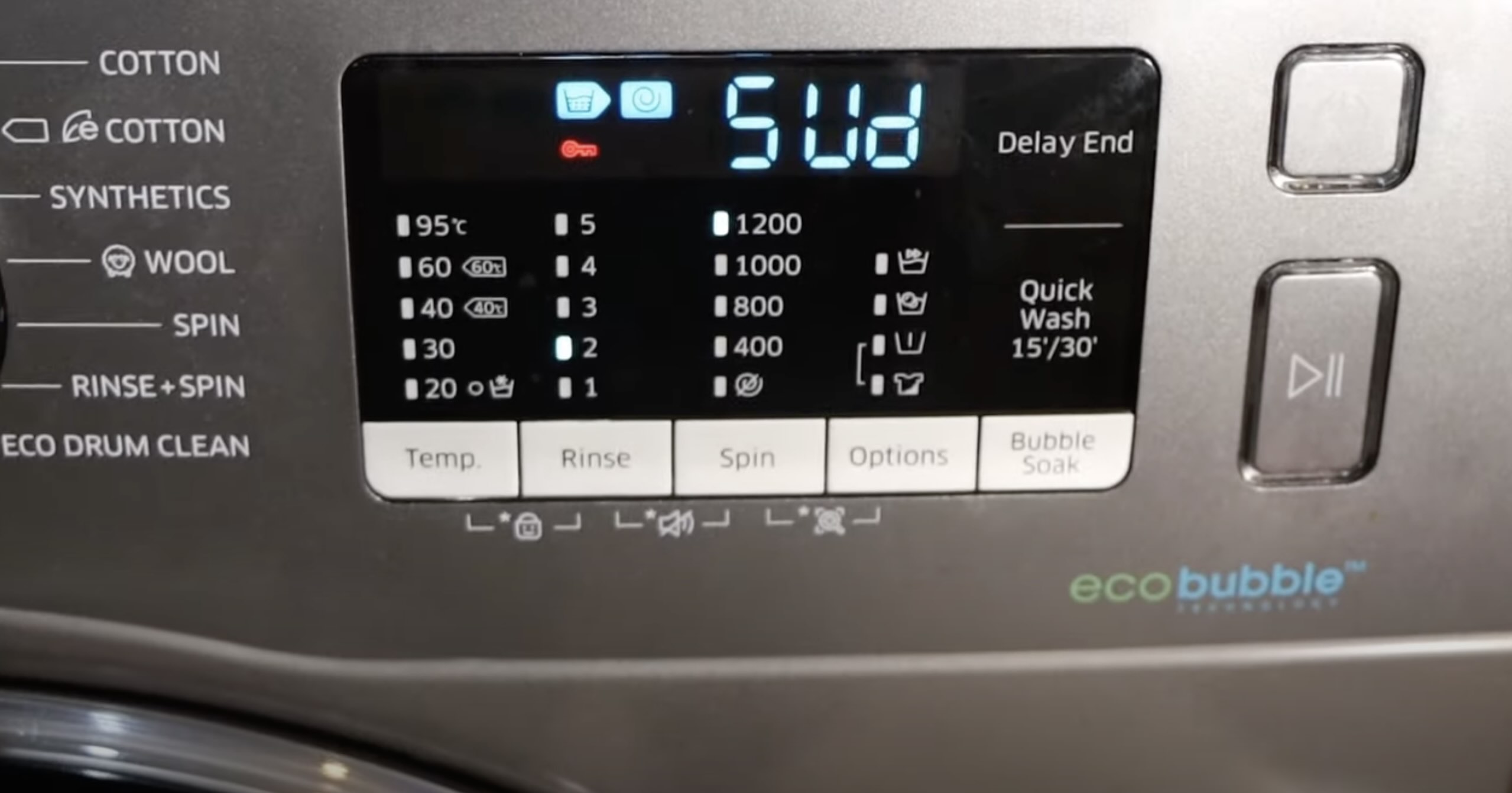
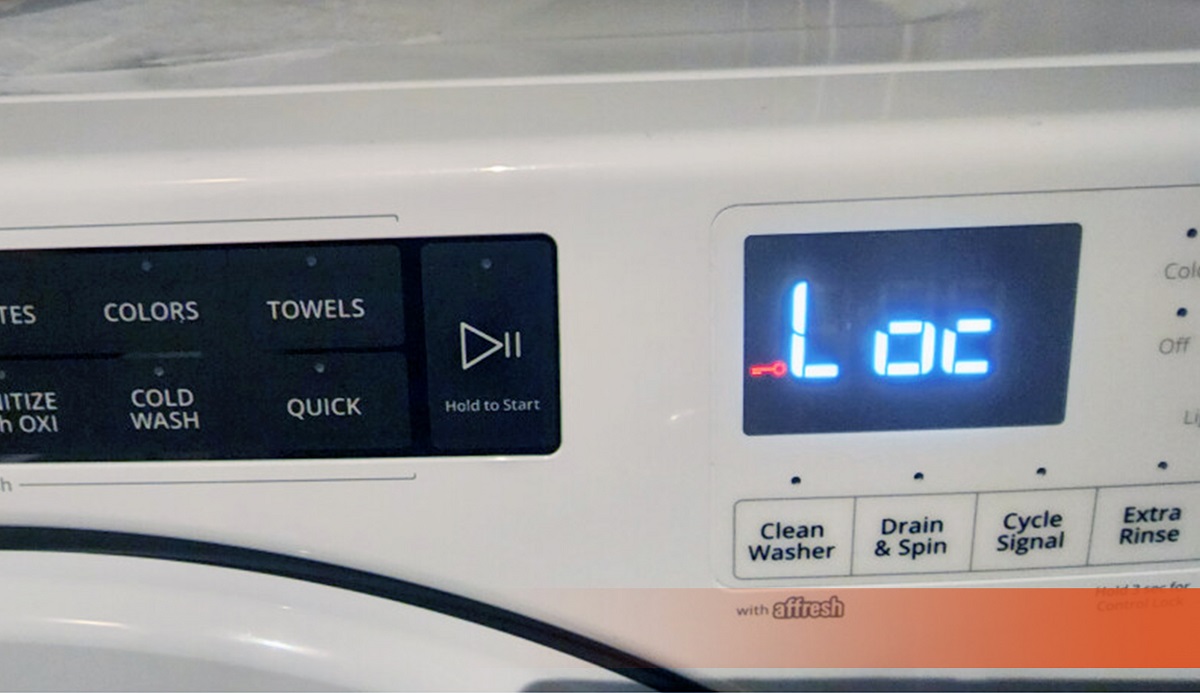

0 thoughts on “What Does Ue Mean On Washing Machine”